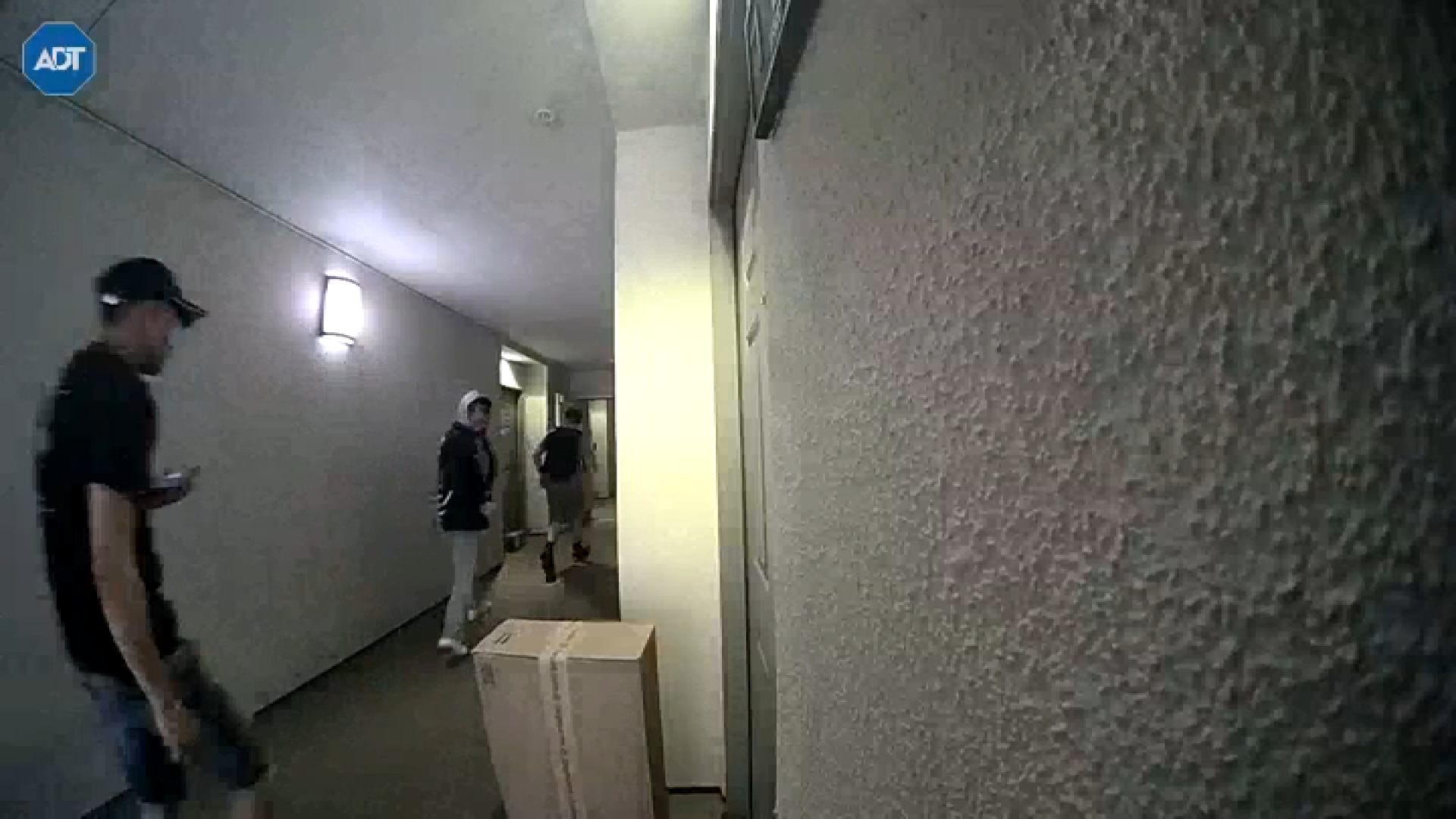On a mission to improve the capability of the Los Angeles River to handle storm flows during this El Niño winter, the U.S. Army Corps of Engineers is installing sand-filled barriers along three miles of riverbank.
The project is focused on the stretch alongside the Golden State (5) Freeway through Atwater Village, where river bottom vegetation growth has cut the capacity of the river nearly in half, according to Corps hydraulic engineer Rene Vermeeren.
Placing the barriers atop the riverbank raises its height — and flood level — by up to four feet, increasing river capacity, and doing so more quickly than vegetation and sediment could be cleared, Vermeeren said.
He likened the barriers to extra large sandbags, contiguous cubes with a base three-feet square. It takes an hour to install 150 feet of barrier. The project is expected to take up to three weeks, according to Lillian Dampios, Corps chief of operations for the LA District.
"Certainly what we're doing is strategically looking at those areas with the highest risk." Dampios said.
The metal-reinforced fabric barriers are made by HESCO, a defense contractor which produces a similar product to provide ballistic and explosion protection in combat zones, and was first used two decades ago during Operation Desert Storm.
Since being lined with concrete and transformed into a flood control channel nearly a century ago, the Los Angeles River has never overflowed and flooded neighboring communities — though it came close in 1969, Vermeeren said.
News
Top news of the day
One Atwater Village resident of a dozen years, artist Justin Siegel, said the storms last week convinced him to go ahead and get flood insurance. His back yard abuts the river levee, and the Army Corps barriers will be going up just beyond his fence.
Even with the added protection, Vermeeren said it is still possible intense, prolonged rainfall could send riverflow over the top of the barriers. The Corps is advising residents to consider flood insurance, and to know their escape routes. The barriers will be removed 60 days after winter's last significant storm, Dampios said. The Corps has said the need for river maintenance, and removal of some vegetation, does not affect the planning underway for the proposed restoration of stretches of the river to its natural state.



